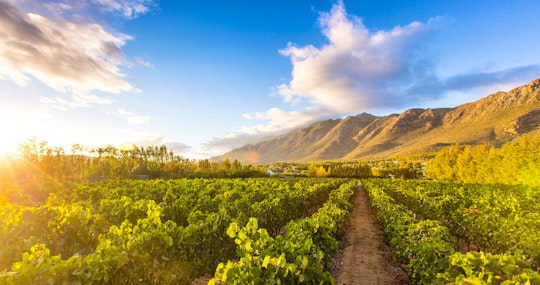If your heart longs for stretched-out plains, rolling Karoo bushes and friendly local people, you should definitely plan a Route 62 road trip. Come and explore the villages this special tourism route offers and book your accommodation on TravelGround!
Route 62’s majestic mountains, picturesque passes, rivers, vineyards, orchards, and the array of tourist attractions offer visitors an unforgettable journey full of adventure. The villages along the way offer something for every member of the family, from wineries and game reserves, caves and museums, to hiking and 4×4 routes, canoeing, horse riding and fishing. And to top it all off: excellent accommodation options ranging from self-catering cottages on farms, B&Bs in town and luxury lodges on game farms. All the activities, attractions and accommodation options, together with the beautiful landscapes on this route, make it the ideal road trip for young and old!
Montagu
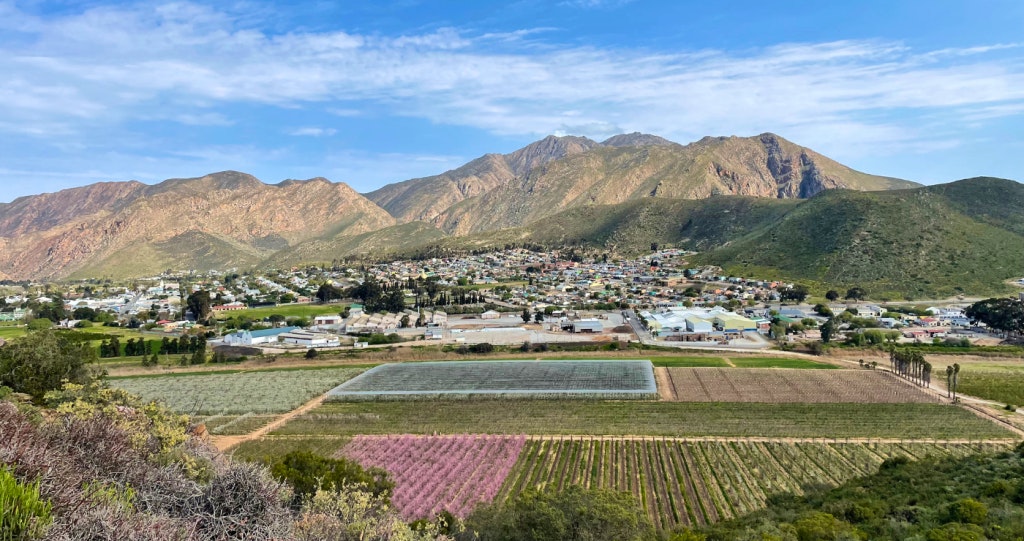
We start in Montagu in the Langeberg Mountains, between the Keisie and Kingna Rivers. Montagu is a picturesque town that is particularly famous for the surrounding orchards, vineyards, rock formations and hot springs, and boasts 22 national monuments, fourteen of which can be seen in Long Street. The town was initially known as Agter-Kogmanskloof because you need to drive through Kogmanskloof, which connects Ashton with Montagu in the Klein Karoo. It was later named after John Montagu, the Colonial Secretary for the Cape Colony. Kogmanskloof was impassable at the time until Thomas Bain built the pass and the tunnel. The first pass was just a rough wagon track that followed the Kogmans River and crossed it several times until Bain and his team completed the new pass in 1887. The small tunnel through Kalkoenkrans on this pass is locally known as the gateway to the Klein Karoo and still boasts the ruins of a fort built on top of the cliff during the Second War of Independence.
Joubert House, which was built in 1853, is the oldest building in Montagu and its outbuilding was apparently the first prison in the town.
Barrydale
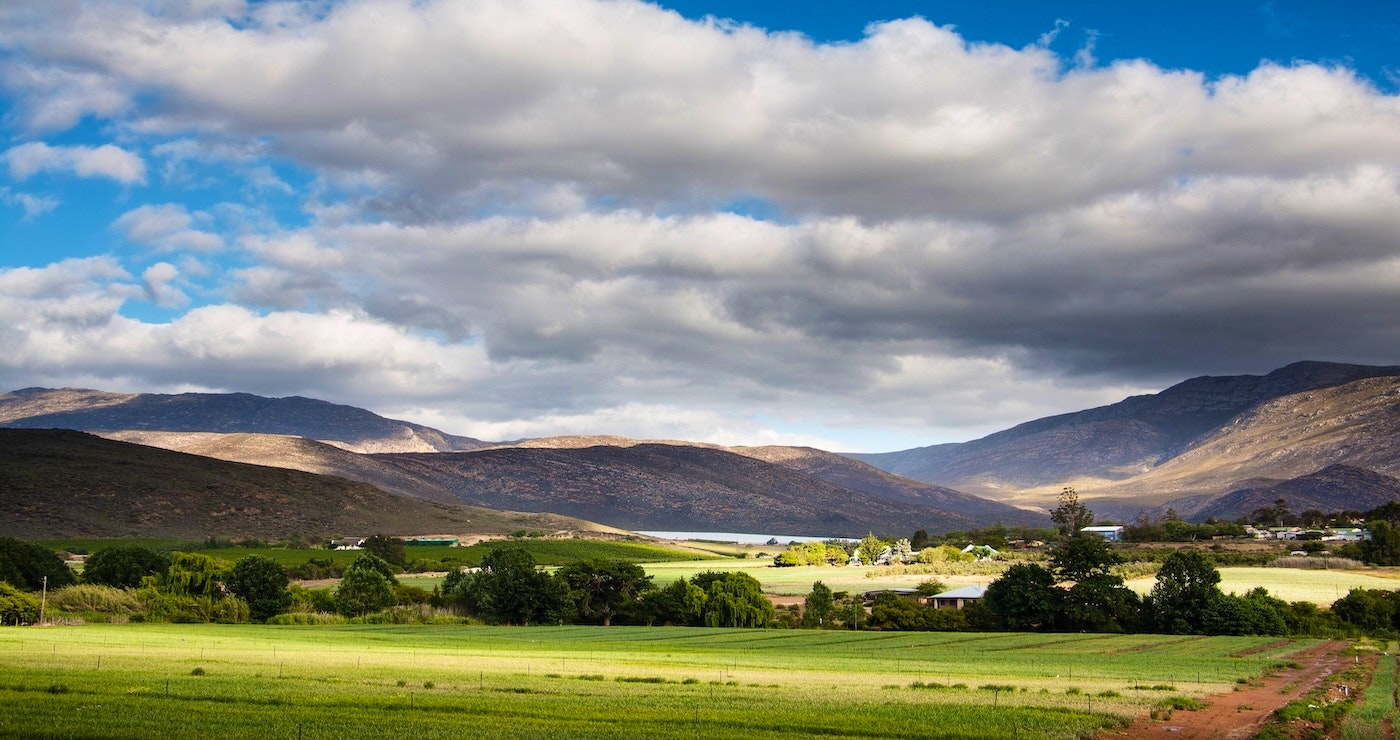
Back in the day, farmers were looking for fertile, arable land and they came across this valley where the climate is almost perfect for fruit. In 1858 someone came up with the idea for a pass so that the farmers could more easily transport their fruit to Port Beaufort at the Breede River Mouth (today Witsand). Once again, Thomas Bain was called closer and he moved into a lovely old farmhouse of Joseph Barry, a well-known merchant in the nineteenth century. (This old farmhouse can still be seen today at the foot of the Tradouw Pass and it still belongs to the Barry’s.) The pass was officially opened in 1873 and soon after the farming community built a church near the northern end of the pass and the town that expanded around it was named after the Barry’s.
Today, this village at the foot of the Langeberg Mountains is a popular rest place for travellers who want to have a bite to eat before they take on the long road again. One of the most popular choices in town is Diesel & Crème. This vintage roadside cafe and motel boasts the best milkshakes in the region. Here you will find all kinds of unique milkshake options such as Blonde Bombshell, Lady in Red and Morning Glory, but you will have to come and take a look for yourself to see what all these names mean! The roadside cafe also serves delicious breakfasts and lunches, and waffles and cakes for those with a sweet tooth. But apart from that, the ancient, unsophisticated decor and atmosphere are reason alone to pay a visit here!
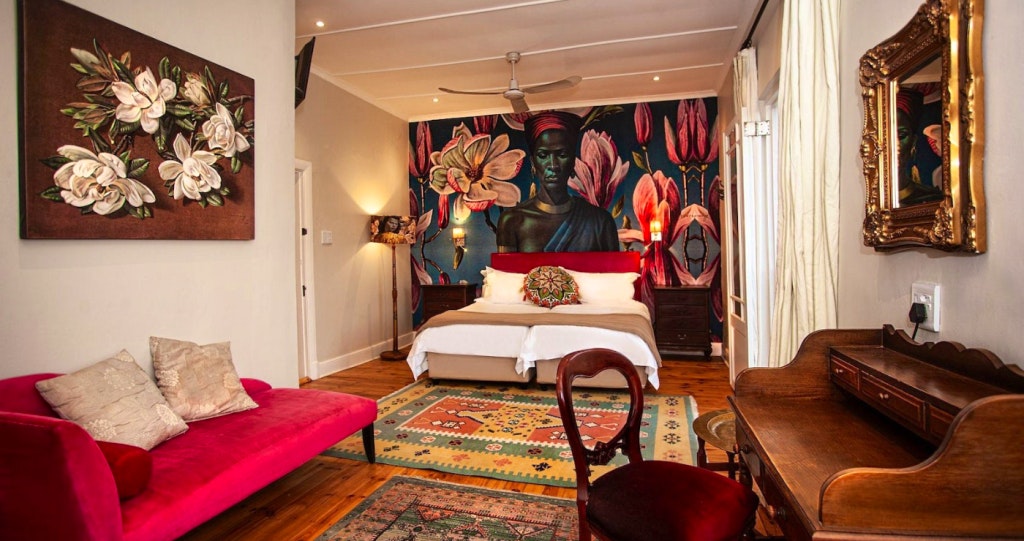
Ladismith
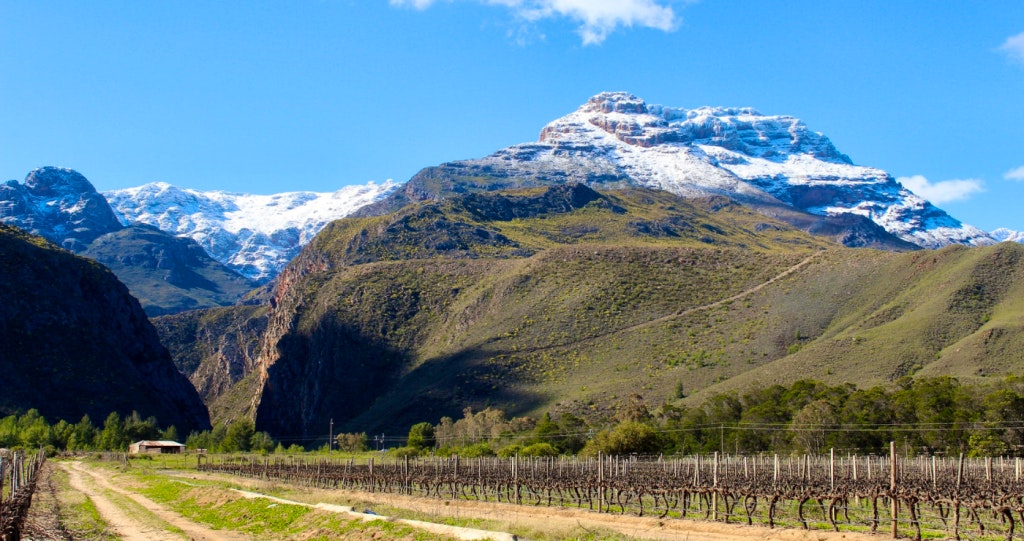
Ladismith is nestled in the shadow of Towerkop and the Klein Swartberg Mountain Range. Blue skies and picturesque mountains await you in this magical part of the country. Whether you come for hiking, cycling, 4×4 in the mountains, or wine and cheese tasting, one thing is certain ─ you will have to come and stay here.
The town was established in 1851 when a large part of the Elandsvallei Farm was bought, subdivided and developed. It was then named after Lady Smith, the wife of the then Governor of the Cape Province, Sir Harry Smith. Two towns in South Africa were named after her and to avoid confusion with the one in KwaZulu-Natal, the one in the Cape was changed to Ladismith in 1879.
The area had the ideal climate for apricots, peaches, plums, nectarines and grapes, but when the nineteenth-century ostrich feather boom hit the country, many of the fruit and vegetable crops were removed to make way for the ostriches. However, the ostrich feather market eventually collapsed, and the economy and prosperity of Ladismith went with it. The Ladismith Winery was formed in 1939 to meet the needs of surrounding farms with dwindling resources and to solve the economic problems of the village. The local farmers then returned to a traditional way of doing things and planted plums, apricots, peaches and grapes again and started making wine and distilling brandy. Today, the area is known as the most important producer of apricots in the Southern Hemisphere and the distillery still produces the highest quality Cape brandy, as well as Towerkop Wines which have also been produced here since 1971.
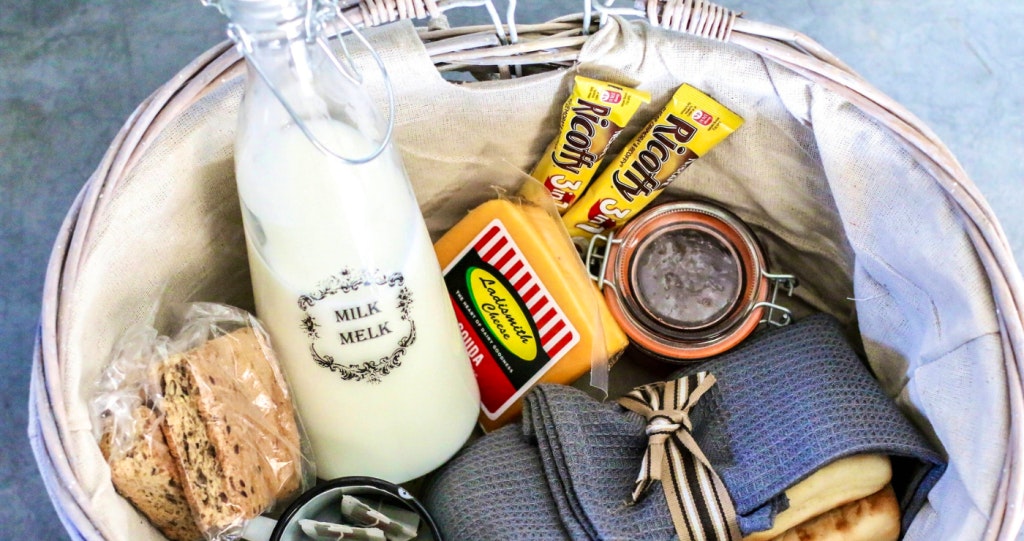
Calitzdorp
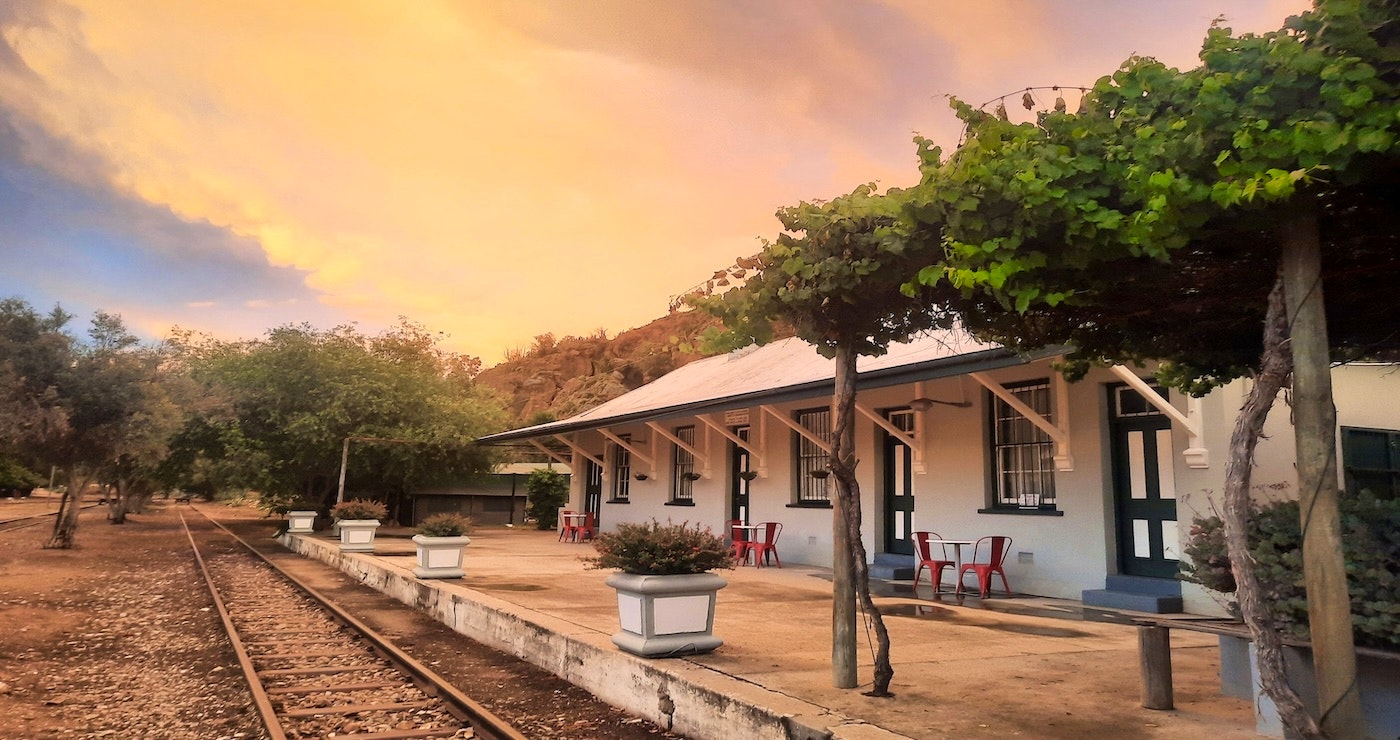
At the beginning of the 19th century, the first cattle farmers and hunters discovered this area and the farm Buffelsvlei was awarded to the brothers JJ and MC Calitz in 1821. By the 1840s there were enough people to call this town a town. Calitzdorp is also known as South Africa’s port capital ─ the port-style wines produced in this area are very popular because the port grapes prefer a warm, dry climate like that of the town and of the world-famous Douro Valley in Portugal where port originates from. The top-quality wine in this area is mainly produced by Boplaas, De Krans, Ax Hill and Calitzdorp Wynkelder.
When you’re driving through town, be sure to stretch your legs at Zamani Grill. The bar is fully licensed and serves burgers, steaks, chicken dishes, pizzas and fish! The kids will love their gourmet milkshakes served in real ostrich eggs, so just make sure you reserve a seat ahead of time.
Nearby, at Hans and Erika Calitz’s family farm, Living Waters, begins the popular Donkey Trail hiking trail. Die Hel in the Gamkaskloof Valley was only accessible on foot until 1963 when a road was built from the Swartberg Pass to this remote valley. Previously, a donkey track over the Swartberg Mountains from Calitzdorp was the only way to connect Die Hel with the outside world. This donkey track is now a walking trail of about 26 kilometres during which donkeys keep you company and carry your luggage. But don’t worry, all these donkeys are rescues and are now well cared for, and the friendly animals, together with the guides, who like to share knowledge through anecdotes from the past, will make this walk unforgettable.
Oudtshoorn
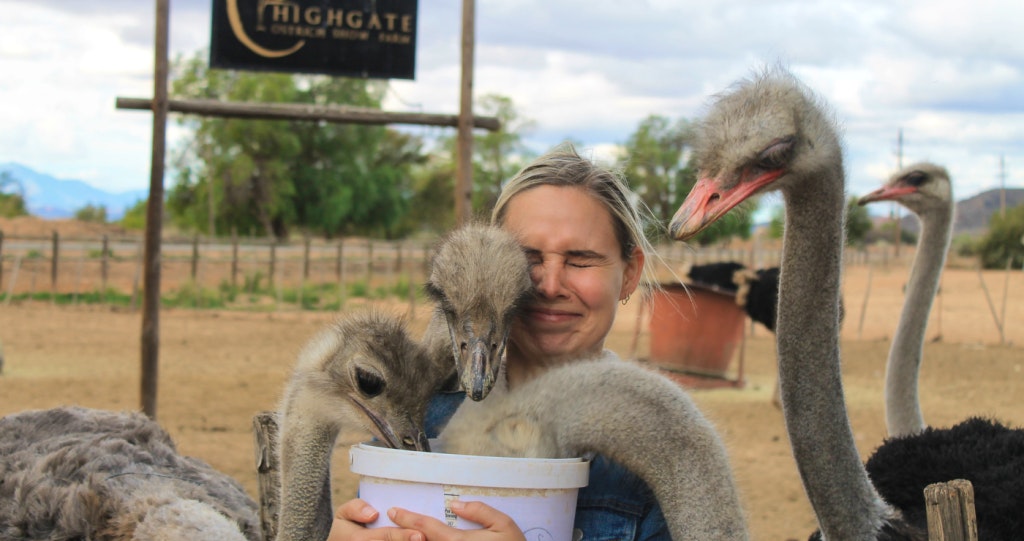
The main town of the Klein Karoo is nestled between the majestic Swartberg Mountains and the Outeniqua Mountains. The town originated on two farms and the first permanent building in the Klein-Karoo, a Dutch Reformed Church, was erected in 1839 near the banks of the Grobbelaars River. The town began to grow around this church and was named after Baron Pieter van Rheede of Oudtshoorn, who was appointed governor of the Cape Colony in 1772.
Oudtshoorn is better known as the ostrich capital of the world. In the late 1800s, ostrich feathers were high fashion and royalty, emperors and costume makers all over the world wanted these feathers. A pair of ostrich feathers cost up to £1000 at the time! But, as we all know, fashion changes quickly and therefore the local economy collapsed, and most farmers returned to growing grain crops. Today, ostriches are used for their low-cholesterol meat, which is delicious and healthy, and ostrich skin is still popular for fashion items.
But the big bird is just one of the town’s must-see attractions. The area also boasts the incredible Cango Caves. This cultural and natural landmark is a 20 million-year-old cave system, the largest show cave system in Africa, and the oldest tourist attraction in the country.
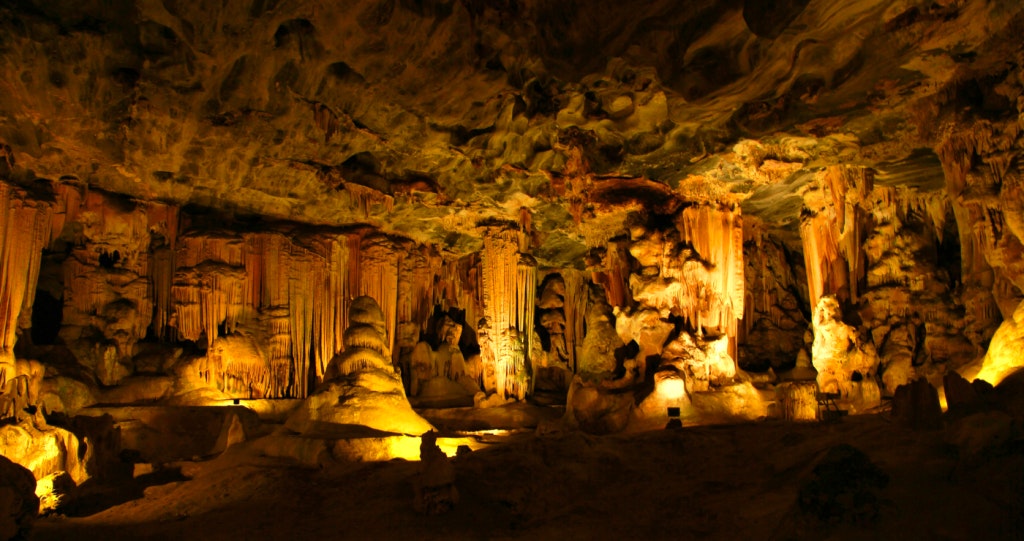
Joubertina
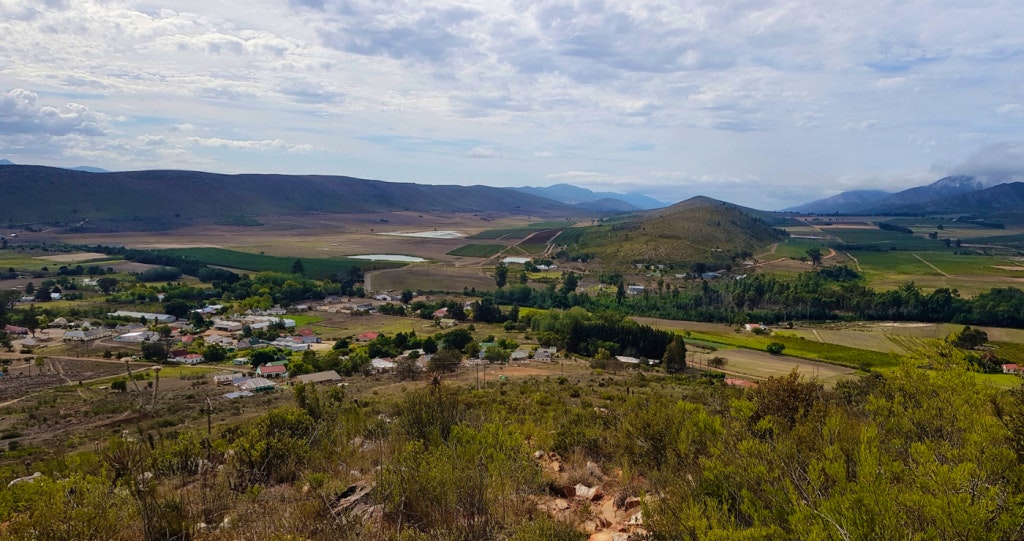
Joubertina is a village between the Tsitsikamma– and Kouga Mountains in the heart of the Langkloof ─ one of the most famous regions for the cultivation of apples, pears and other soft fruits in South Africa. The village emerged mainly as a result of the fruit farming community when it was separated from the Uniondale congregation in 1907. However, the name was ‘Joubertville’, after which it was changed to Joubertina because the railway companies already had a Joubertville stop in the Karoo.
The Langkloof Valley was originally the home of Bushmen and their rock paintings and rock shelters are still abundant in the Kouga Mountains. Their paintings show that centuries ago herds of wild donkeys, wildebeest and elephants wandered here, and the Kouga mummy was excavated here – the only mummy ever found in Southern Africa.
The area has been cultivated for agriculture since 1760 and is the second-largest fruit-producing region in South Africa today, specialising in the cultivation of apples and pears. During the spring, the area around Joubertina is covered with a blanket of flowers and the Langkloof offers an unforgettable fragrant experience! The Langkloof Flower Festival is also held then, during which the country’s biggest artists and entertainment stars entertain the festival-goers, and various agricultural exhibitions, stalls and children’s entertainment attract visitors from afar. Make sure you don’t miss the next Bloeiselfees!
Kareedouw
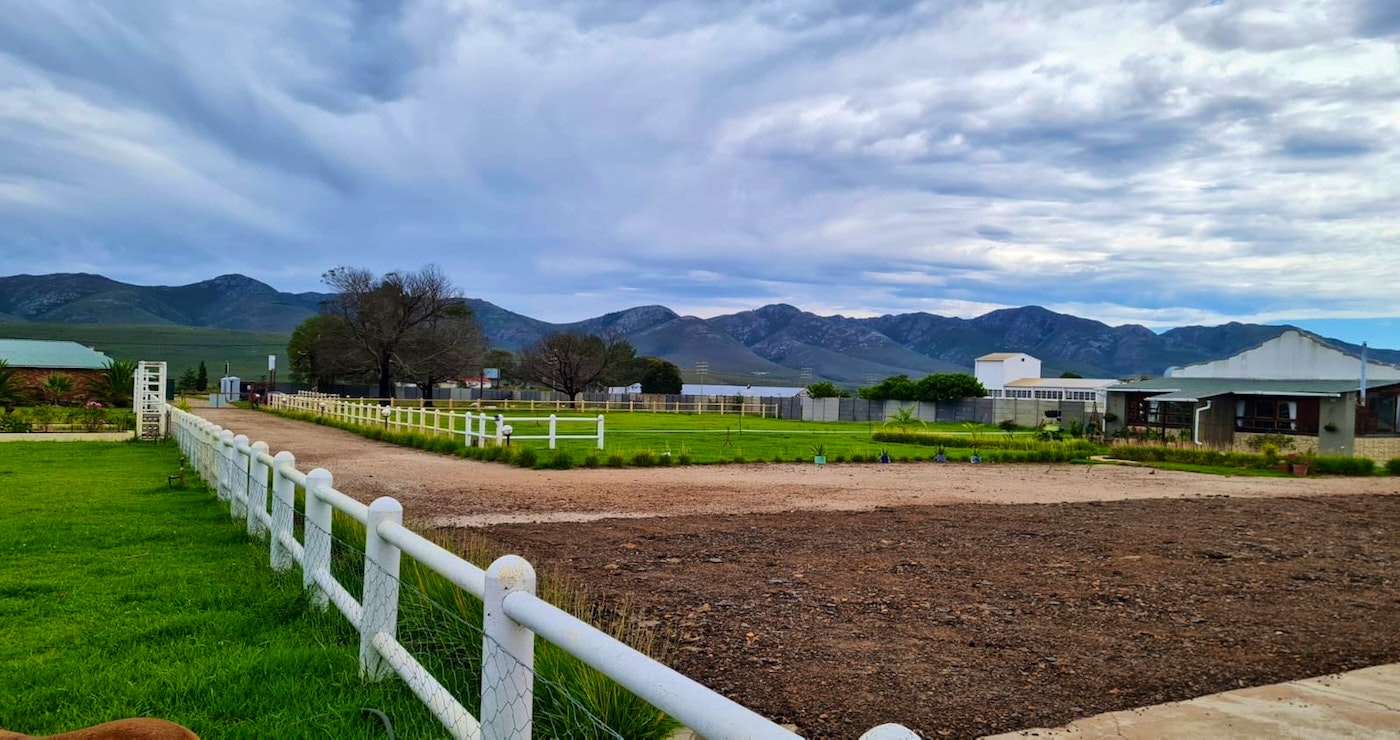
The village was founded in 1906 as a mission station for the Dutch Reformed Church, and the name is derived from the Khoi word !karegadaob! meaning ‘road with many karee (Searsia lancea) trees’. It is therefore no surprise that Kareedouw, which is surrounded by a mountainous area, boasts beautiful fauna and flora. The economy of Kareedouw is largely due to fruit farming and forestry and that is why a logger statue has been assembled in memory of the loggers in the town.
The town’s popularity increased mainly due to its location on Route 62. Along with other small towns such as Hankey, Patensie and Joubertina, Kareedouw, which is situated at the entrance to the Langkloof, grew considerably with the increasing number of visitors. Today, the biggest attraction is the fact that it lies at the southernmost entrance to the Baviaanskloof ─ a World Heritage Site that attracts visitors from far and wide to visit the excellent 4×4 routes, hiking trails and camping sites.
* * *
There is so much of South Africa‘s history on this popular route and therefore each of these villages is definitely worth a visit. Book a break in your favourite small town and come and chat with the locals ─ that’s how one truly discovers the anecdotes and treasures of the Klein Karoo.
Main image: Klein Nektar Wine & Olive Estate on TravelGround
Also Read:
Quaint Karoo Cottages
Johannesburg to Cape Town: Have Some Fun Along the N1
Have You Visited These South African World Heritage Sites?

